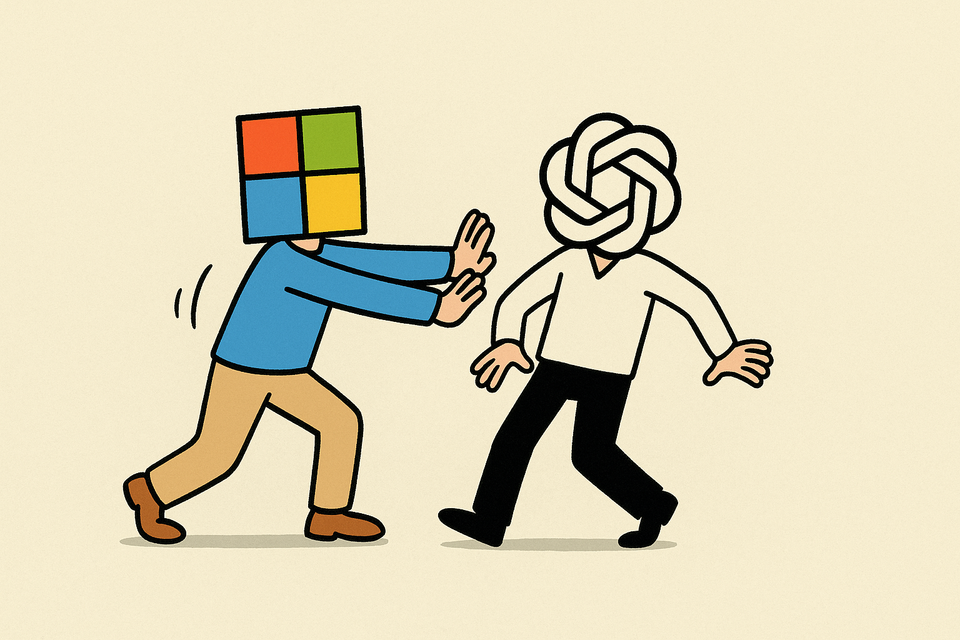Why Microsoft Pushed OpenAI Aside

Without question, one of the most fascinating dynamics of the past few years has been the relationship between Microsoft and OpenAI. Drama aside, at the highest level, one of the largest companies in the world made one of the best investments in history. I mean that both monetarily (at least on paper) but also in terms of how it positioned Microsoft perfectly as one of the key players in what many believe to be the most important industry going forward – and perhaps ever: AI.
While much has been made about Satya Nadella being spooked by "The Blip" – the weekend where Sam Altman temporarily fell victim to a coup at OpenAI – and that clearly kicked off a series of events which saw Microsoft start to hedge their bet, it felt like that could have and perhaps should have been water under the bridge given OpenAI's continued growth and increasing prominence as the most important company in AI. At the highest level, that's why it has always felt so wild to me that Microsoft would not only be okay with creating more distance between the two companies, but was clearly pushing for it. This was a relationship that anyone in tech would kill for – or certainly pay any amount of money for, and they were! But instead of bear-hugging OpenAI and keeping everyone else at arm's length, Microsoft was basically saying "nah, we're good." Satya was famously good for his $80B, but not a penny more. Sorry Sam. How about an intro to Masa Son?
Obviously, there is a strategy here beyond simply fear or spite. But what was Microsoft thinking? As it turns out, all you had to do was ask Satya.
To be clear, in his appearance on The Dwarkesh Podcast, Nadella doesn't exactly come out and give a direct answer to the above. But thanks to some good lines of questioning from Dwarkesh Patel and his co-host for the episode, Dylan Patel of SemiAnalysis, it sure feels like we can triangulate enough data points to arrive at some answers...
